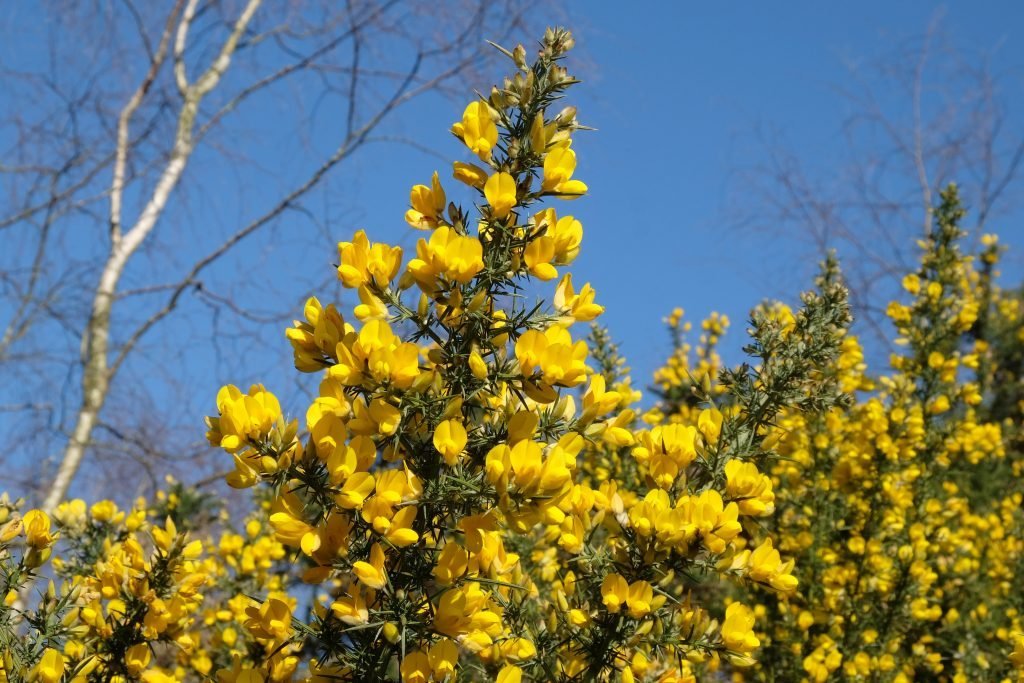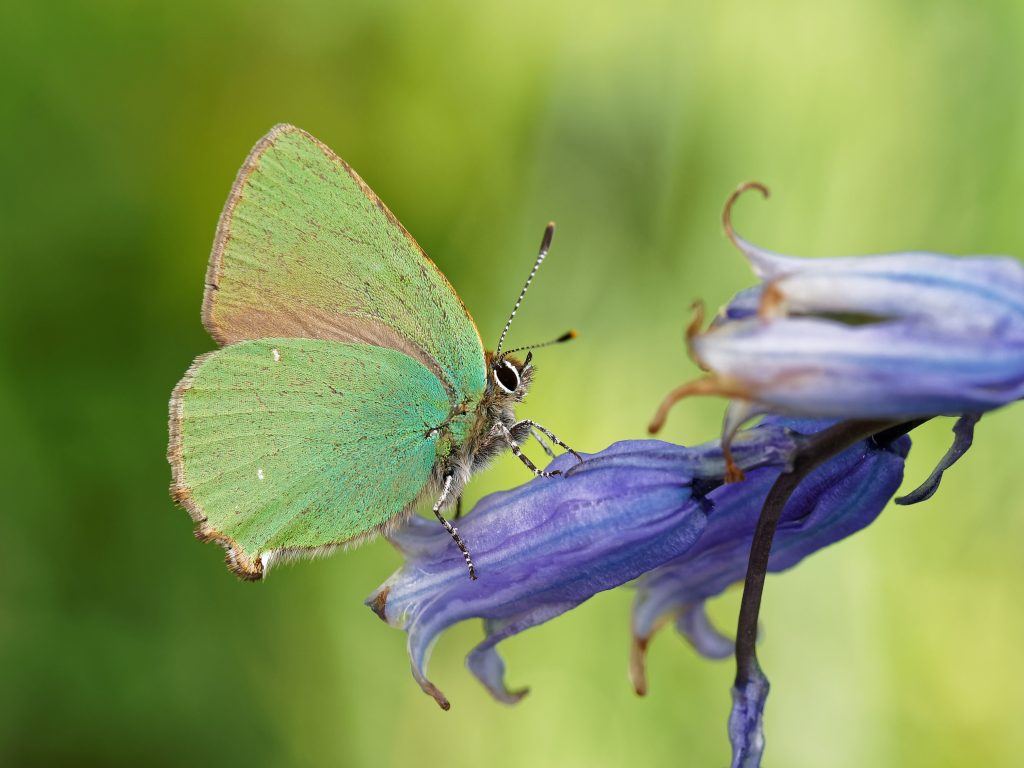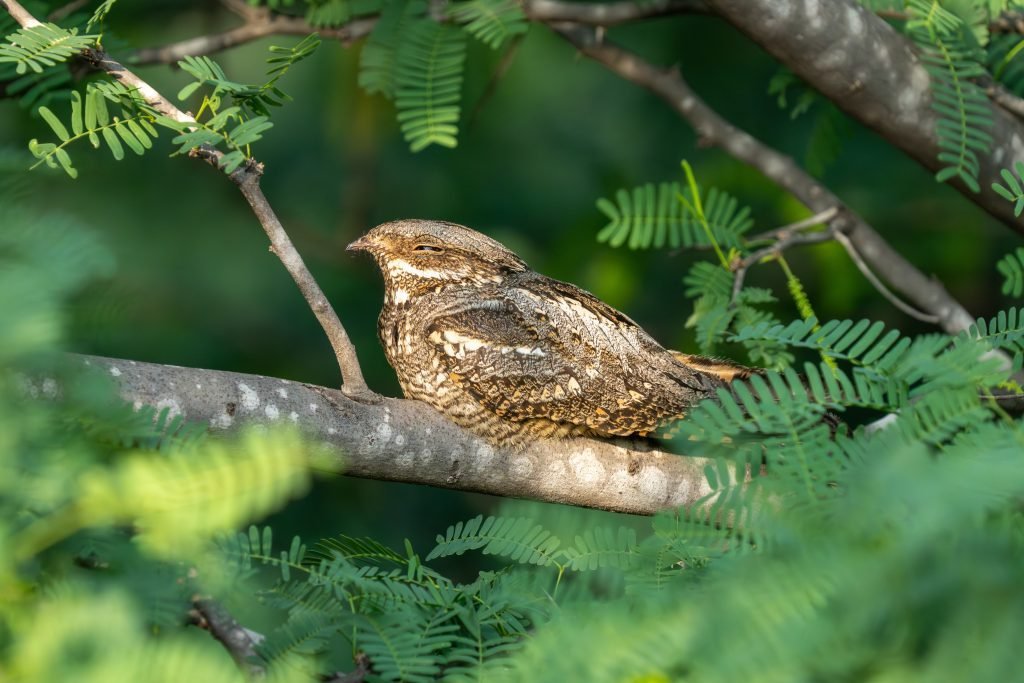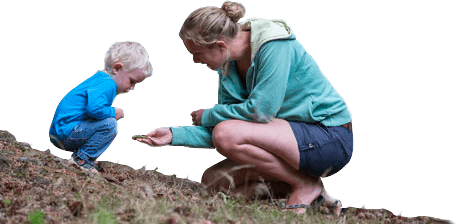May wildlife highlights
PUBLISHED ON: 1 MAY 2025May is one of the busiest months for wildlife activity in the New Forest, with plenty to see, hear and even smell!
Hawthorn hedges are covered with ‘may’ blossom and on the verges you’ll find cow parsley, red campion and greater stitchwort. The elder comes into flower later in the month and the ash is the last tree to break into leaf. In woodland areas there is a strong smell where wild garlic grows, and now is the best time of year to see spectacular bluebells amongst ancient trees.
Heathland is awash with yellow gorse (below) and bracken begins to unfurl; you will also find lousewort, petty whin, heath milkwort and tormentil. Look out for cotton-grass, sundews and the rare early marsh orchid that grow in wet, boggy places.

Reptiles will be making the most of the warm spring sun. Adders especially may be spotted at this time. Males are recognisable by their silver colouration and bold zigzag, whereas females are more brown. Remember the adder is Britain’s only venomous snake, so always keep a sensible distance. Adder bites are rare but dogs can be curious about these exciting looking “sticks” and may be bitten if going in for a sniff, so do keep your pet safe by ensuring that it stays with you on the path – where an encounter with an adder is far less likely. If your dog is unlucky enough to be bitten stay calm and get them to a vet immediately.
Most dragonflies and damselflies start to emerge in mid-May and can be seen near streams, lakes and pools. Look out for the shed and discarded exuviae exoskeletons (“skins”) of the young dragonflies attached to the vegetation in the water that get left behind once they undergo their transformation from larvae to adults. Butterflies too will be making the most of the warmer and sunnier weather: see if you can spot the rare green hairstreak (below) or small tortoiseshell in heathland areas, and the peacock, speckled wood, brimstone and red admiral butterflies in the ancient and broad-leaved woodlands. Hornets, stag beetles, dung beetles and the southern wood ant are also active amongst the trees.

Woodland birdsong is at its peak in May – enjoy it while you can because it will begin to fade when the parent birds have nestlings to feed. The last of our summer migrants have just arrived including the spotted flycatcher, wood warbler, nightjar, honey buzzard, hobby and swift. Of these, the nightjar is one of the most evocative and characteristic of the New Forest. They breed throughout the heathlands, but only come out at dusk: catching moths and other night-flying insects, and making distinctive churring noises that carry far on a calm evening.

International Dawn Chorus Day is held on the first Sunday in May every year. It is often marked by conservation organisations and bird groups who host guided walks to encourage the public to make the most of this wonderful natural phenomenon. The Countryside Education Trust has a walk on Sunday 5 May which you can book onto here. Our own Ranger Naomi will be leading a dawn chorus walk on Monday 5 May which you can book onto here.

